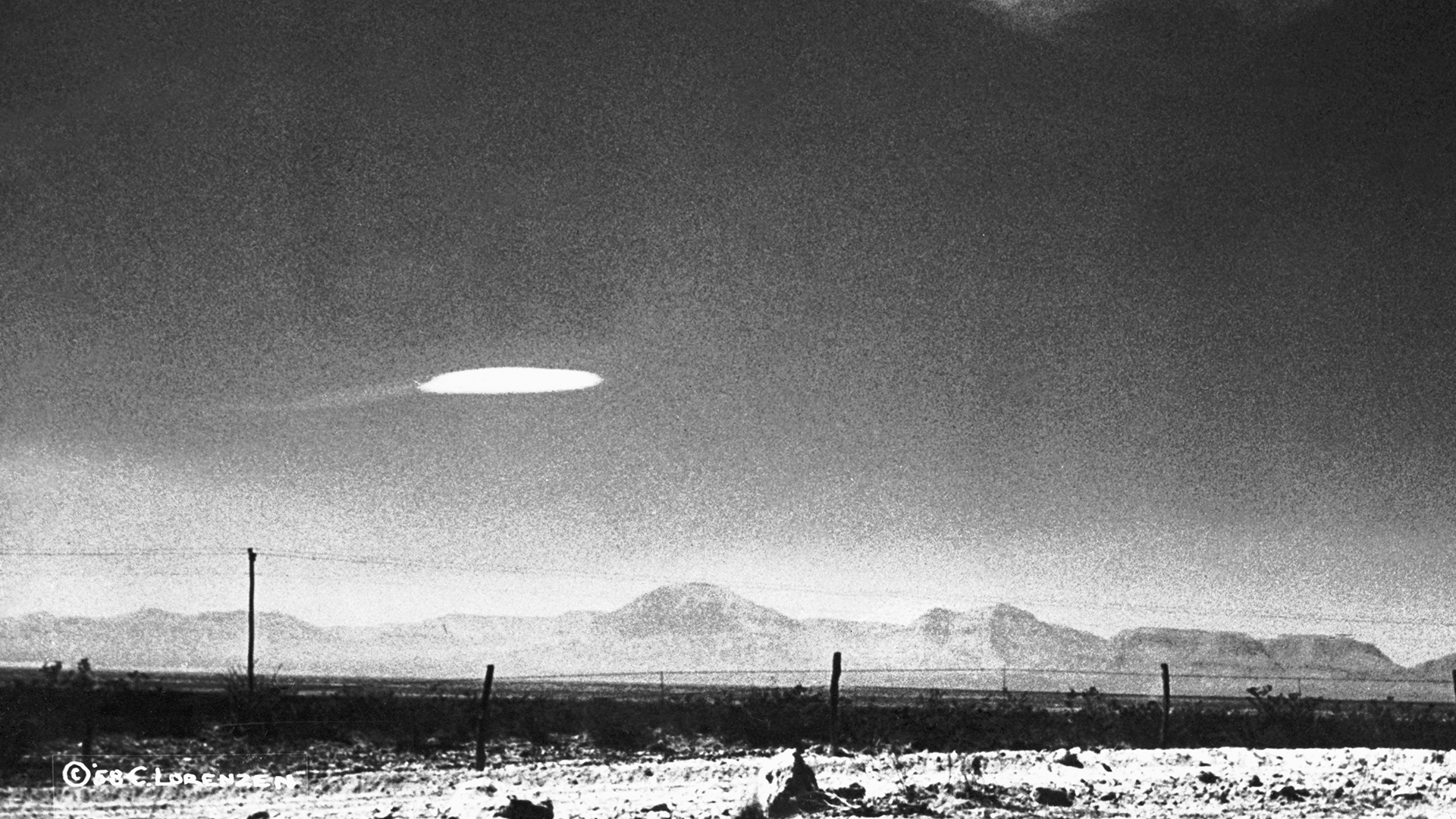Pentagon's long-awaited UFO report to Congress due this month

After a months-long investigation, the Pentagon is poised to produce a report addressing sightings of unidentified aerial phenomena (UAP) — more commonly known as "unidentified flying objects," or UFOs.
But don't expect a big reveal about secret alien technology and extraterrestrial spaceships. The aim of the report is to establish standards for recording sightings of mysterious objects and to determine if those objects pose a threat to national security.
In 2020, the U.S. Senate Intelligence Committee called for an inquiry into UAPs in the Intelligence Authorization Act for the Fiscal Year 2021. According to the document, committee members were concerned that "there is no unified, comprehensive process within the Federal Government for collecting and analyzing intelligence on unidentified aerial phenomena, despite the potential threat."
After the bill was enacted on Dec. 21, 2020, the director of national intelligence and the secretary of defense then had 180 days to produce a report for the committee, "submitted in unclassified form," on the current status of UAP sightings and protocols, Live Science previously reported — and that six-month deadline expires this month.
Related: 7 things most often mistaken for UFOs
Florida Sen. Marco Rubio served as the Intelligence Committee's acting chair when the act was drafted and enacted, and he ordered the investigation of UAPs because he saw them as a critical national security issue, Rubio told journalist Bill Whitaker on CBS's "60 Minutes" in May.
"Anything that enters an airspace that's not supposed to be there is a threat," Rubio said. "I want us to take it seriously and have a process to take it seriously. I want us to have a process to analyze the data every time it comes in."
Sign up for the Live Science daily newsletter now
Get the world’s most fascinating discoveries delivered straight to your inbox.
In April 2020, the U.S. Navy released three videos of UFO sightings from 2004 and 2015; the clips were nicknamed "FLIR," "GOFAST" and "GIMBAL," and they showed what appeared to be spacecraft traveling at hypersonic speeds with no visible means of propulsion, Live Science reported. (The three videos had previously been posted online in 2017 and 2018 by the UFO research group To the Stars Academy of Arts and Science.)
"There's footage and records of objects in the skies that we don't know exactly what they are — we can't explain how they moved, their trajectory. They did not have an easily explainable pattern," former president Barack Obama said in May, in an appearance on CBS's "The Late Late Show with James Corden."
So, what might be included in the report? Not everything in the document will be publicly available — while the report will be unclassified, it "may include a classified annex," the Intelligence Committee wrote. The committee requested a detailed analysis of UAP data and intelligence, including information gathered by the Federal Bureau of Investigation (FBI) about UFOs.
The committee also requested that the report outline a process for sharing information between agencies, to help identify unfamiliar technologies and to detect patterns in UFO appearances that could imply hostile intentions.
"I want us to have a process to analyze the data every time it comes in. That there be a place where this is cataloged and constantly analyzed, until we get some answers," Rubio said.
"Maybe it has a very simple answer. Maybe it doesn't," Rubio told Whitaker. "We're gonna find out when we get that report."
Originally published on Live Science.

Mindy Weisberger is an editor at Scholastic and a former Live Science channel editor and senior writer. She has reported on general science, covering climate change, paleontology, biology and space. Mindy studied film at Columbia University; prior to Live Science she produced, wrote and directed media for the American Museum of Natural History in New York City. Her videos about dinosaurs, astrophysics, biodiversity and evolution appear in museums and science centers worldwide, earning awards such as the CINE Golden Eagle and the Communicator Award of Excellence. Her writing has also appeared in Scientific American, The Washington Post and How It Works Magazine. Her book "Rise of the Zombie Bugs: The Surprising Science of Parasitic Mind Control" will be published in spring 2025 by Johns Hopkins University Press.









